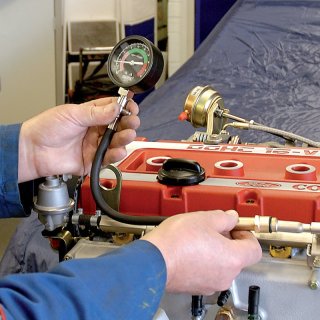
Accurately measure the compression pressure of petrol engines with the DRAPER Petrol Compression Tester, suitable for 14 and 18 mm spark plug threads.
Accurate compression measurement for petrol engines
The DRAPER Petrol Compression Tester is designed to accurately measure the compression pressure in petrol engines. This is essential for diagnosing engine problems and ensuring optimal performance.
Compatibility and ease of use
This compression tester is suitable for both direct and indirect petrol engines that use 14 mm and 18 mm spark plug threads. Thanks to the flexible 300 mm hose, you can easily reach hard-to-access spark plug holes.
Clear and robust gauge
The dual gauge displays pressure in both psi (0-300) and bar (0-20), allowing you to read measurements in your preferred unit. The gauge is equipped with a sturdy rubber protective cover for extra durability.
Efficient bleed function
With the built-in bleed valve, you can quickly and easily release the pressure after each measurement, speeding up and simplifying the testing process.
Durable and reliable design
The DRAPER Petrol Compression Tester features an integrated Schrader one-way valve system and a spring-loaded pressure relief valve, ensuring accurate measurements and a long tool life.
Handy storage case
The tool comes in a sturdy plastic storage case, allowing you to store it safely and easily take it to different workplaces.
Specifications
- Measuring range:
- 0-300 psi
- 0-20 bar
- Hose length: 300 mm
- Compatible spark plug threads: 14 mm and 18 mm
- Gauge: Dual display in psi and bar with rubber protective cover
- Extra features:
- Bleed valve
- Schrader one-way valve system
- Spring-loaded pressure relief valve
With the DRAPER Petrol Compression Tester, you have a reliable and user-friendly instrument for accurately measuring compression pressure in petrol engines, essential for both professional mechanics and DIY enthusiasts.
Specifications
Maybe you are also interesed in:
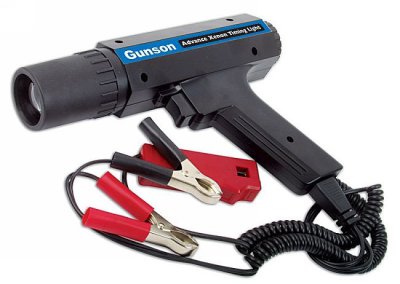
GUNSON stroboscope lamp with adjustable advance 12V
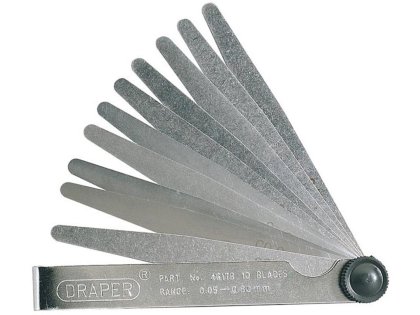
DRAPER Feeler Gauge Set 10-piece with nickel-plated blades
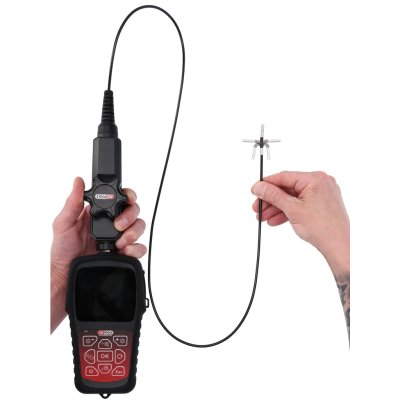
KS-TOOLS HD videoscope set Ø 3.9 mm with 180° and 0° front camera probe
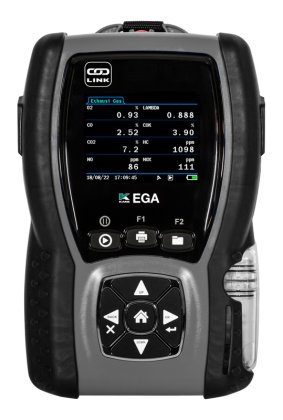
KANE EGA 5-2 five-gas tester on batteries with advanced NDIR sensors
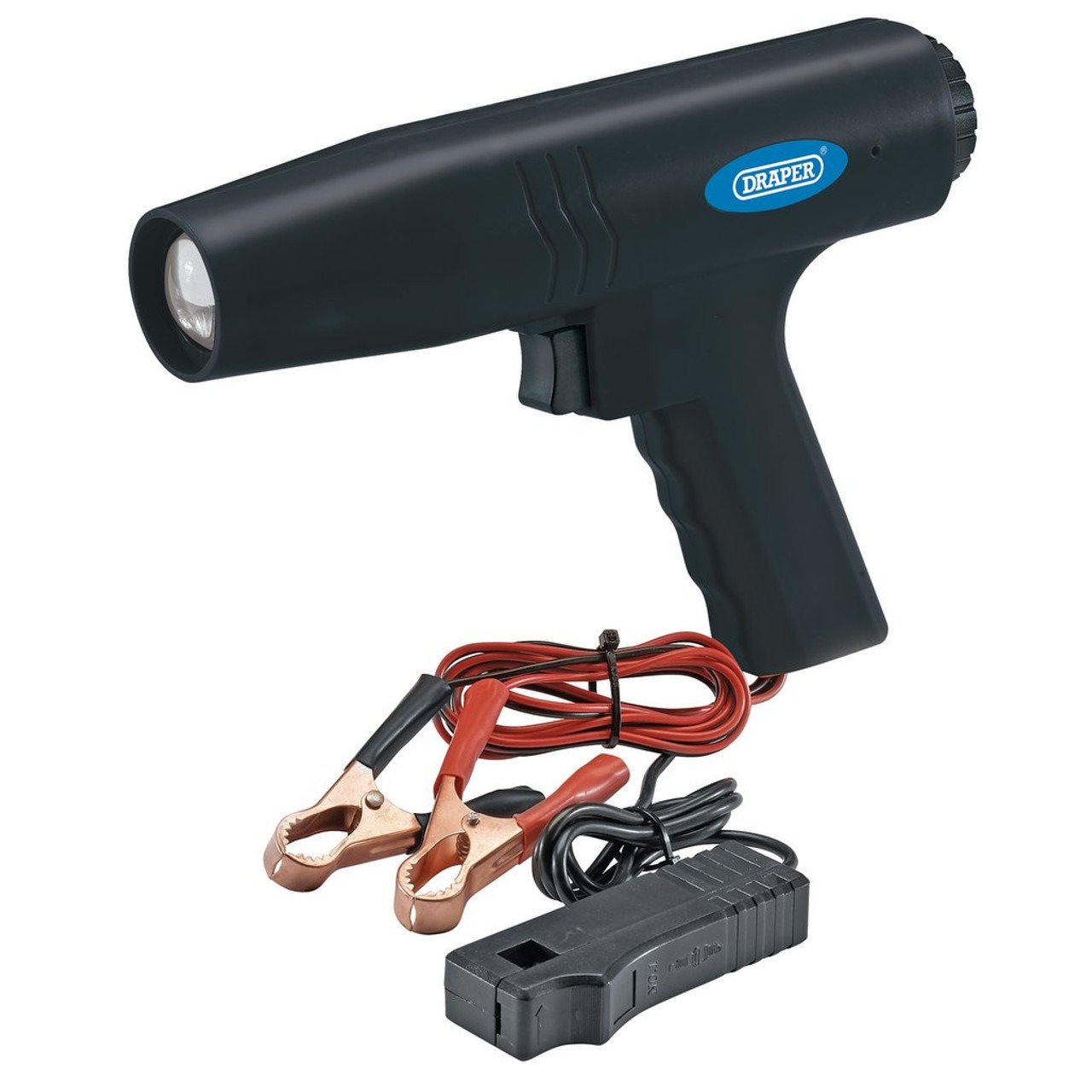
Draper 30906 Stroboscope Timing Light For Ignition
Stay up to date with the latest news and promotions!
Subscribe to our newsletter

 Dutch
Dutch
 French
French


